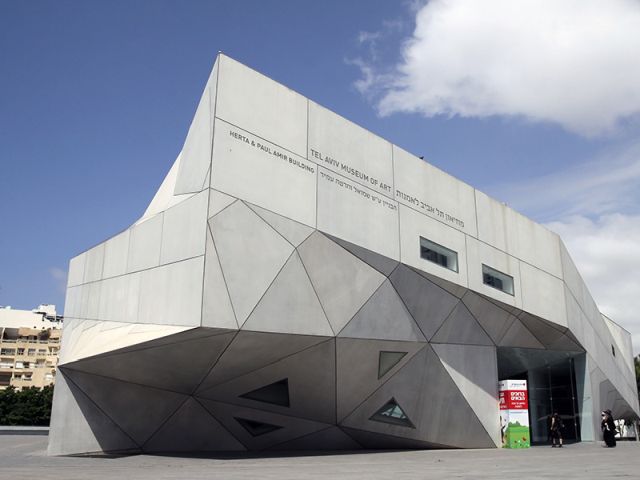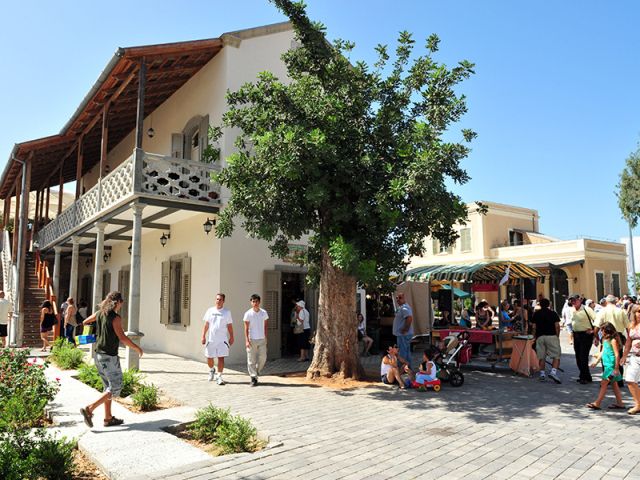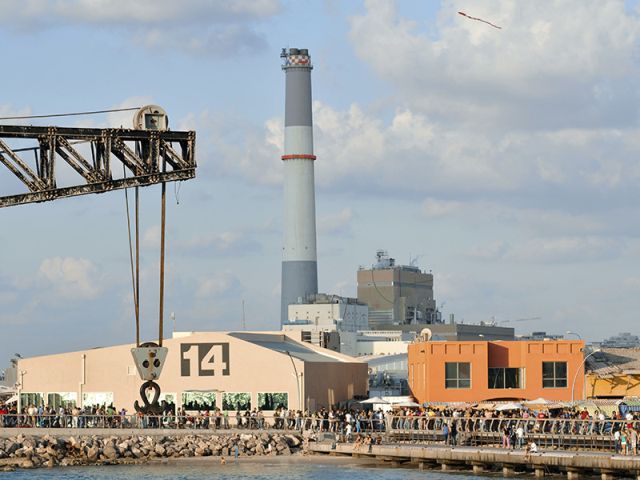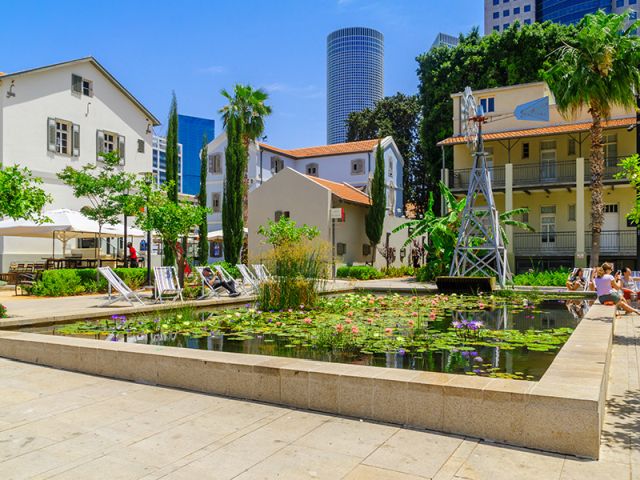Founded in the early 20th century, on the sand dunes north of Jaffa, Tel Aviv has undergone meteoric growth in the little over 100 years of its existence. Starting with just 66 families, the neighborhood of Ahuzat HaBayit quickly attracted others to establish their homes in and around what is now known as Rothschild Boulevard.
When the British Mandate took charge, in 1917, Tel Aviv was already a thriving city and in the next 30 years it would go from strength to strength. It was in Tel Aviv that David Ben Gurion declared the State in 1948 and, today, nearly 20% of the country’s population lives or works in the greater Tel Aviv area.
The city itself is a hub of business and commerce, and whilst Jerusalem is the capital of the State of Israel, most counties have their embassies in Tel Aviv.
In terms of art, culture, cuisine and nightlife, Tel Aviv has it all, and is now known as a world-class city for tourism. I’s beautiful golden beaches that stretch for miles are beloved by locals and tourists alike, and the promenade is perfect for walking on or cycling. Tel Aviv has hundreds of coffee shops, restaurants to suit every taste, and concerts every night – classical, jazz, blues, and Israeli pop are all popular.
Tel Aviv is also known as the ‘White City’ because of its endless Bauhaus buildings (many have been restored to their former glory). There are several excellent museums, the large HaYarkon park in which to cycle and row a boat, and an extensive network of bike lanes. Culture, style, months of sunshine and golden beaches – it’s the perfect place to take a break.





 +97237659000
+97237659000


